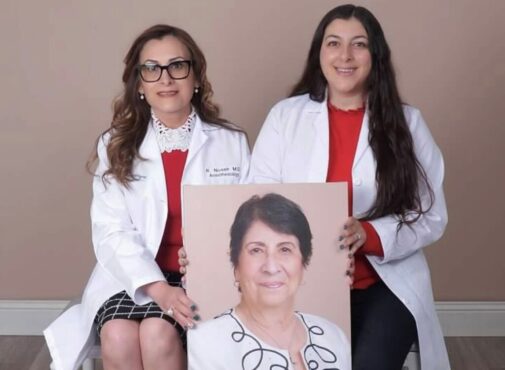Here’s what an advanced directive is

If you have ever had a family member or someone you love who is terminally-ill, seriously injured, or nearing the end of life, you know how difficult the health care decisions you face can be. That’s why, today, on National Healthcare Decisions Day, I want to remind you of the importance of an advanced directive.
With new technology and medical advances that can extend life, family members are often forced to make tough choices, while overwhelmed with anxiety and grief. An advanced directive gives you, the patient, a voice; even when your voice cannot be heard. It empowers your family, as well as physicians and caregivers, to make the decisions you would make yourself.
The document is simple. It defines your values and goals for end of life care. Any adult, no matter your age, should complete an advanced directive. I encourage you to plan ahead and sign one. Consider it as lifting a burden from those who love you the most.
An advanced directive can be changed at any time and should be updated every 10 years. And while I know it is not easy to have these difficult conversations as a family — not having them can be even more difficult in the end.
Rev. Lindsay Bona is vice Vice President of Mission and Spiritual Care for Advocate Children’s Hospital.
Related Posts
Comments
About the Author
Rev. Lindsay Bona is vice Vice President of Mission and Spiritual Care for Advocate Children's Hospital.
















